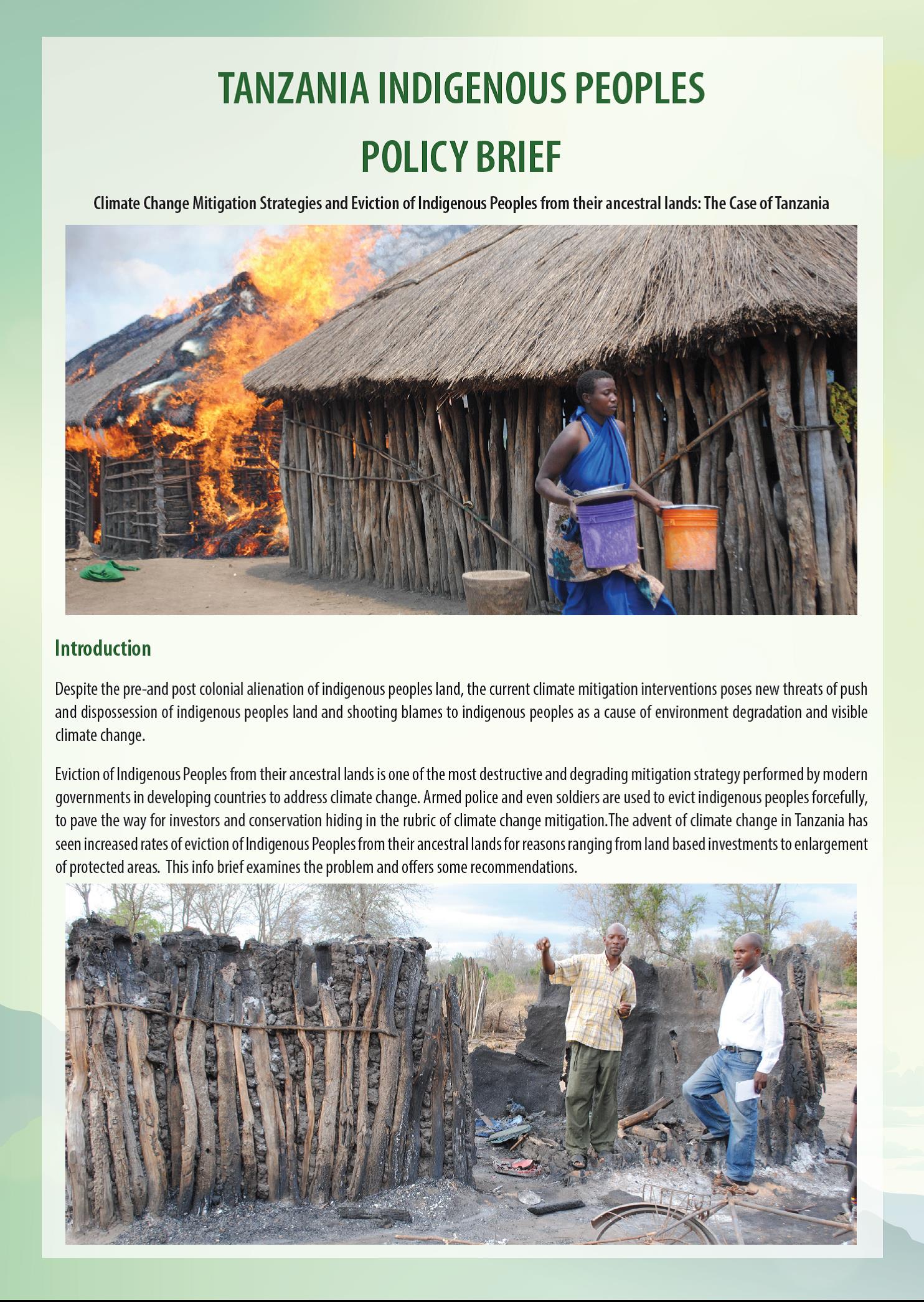ASEAN and FAO cooperation
ASEAN-FAO cooperation on food security, agriculture, fisheries, forestry and sustainable development was first formalized through an exchange of letters between the ASEAN Secretariat and FAO from 1999-2000. Since then, FAO has been actively collaborating with ASEAN in a number of regional projects and activities.




